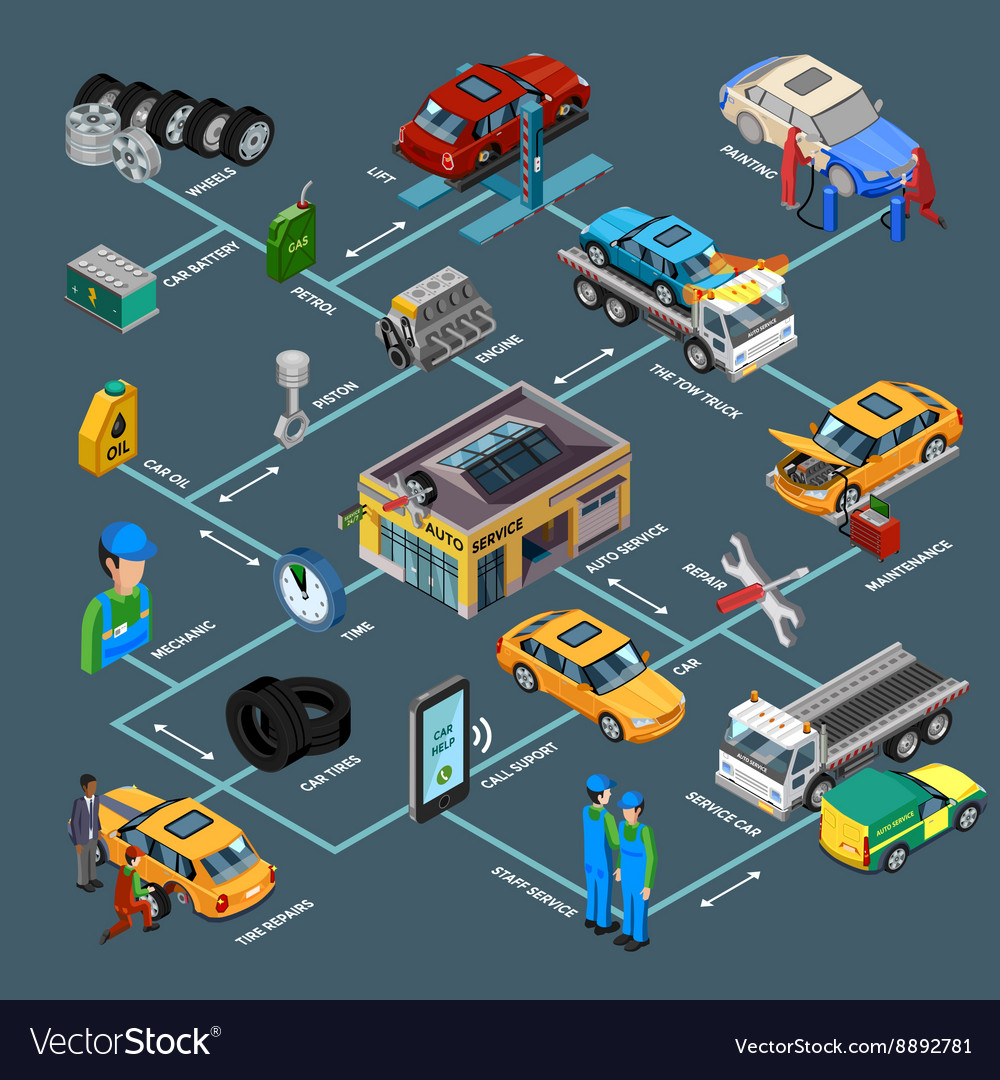Understanding The Definition Behind Your Car'S Warning Lighting: An In-Depth Look
Understanding The Definition Behind Your Car'S Warning Lighting: An In-Depth Look
Blog Article
Post Created By-Higgins Shepherd
When you're behind the wheel, those radiant warning lights on your control panel can be a bit puzzling. Do you recognize what they're attempting to tell you about your automobile's health? Recognizing the value of these lights is crucial for your safety and security and the longevity of your automobile. So, the next time one of those lights turns up, would not you want to decipher its message accurately and take the required actions to resolve it?
Common Warning Lights and Interpretations
Recognize common caution lights in your automobile and understand their significances to guarantee risk-free driving.
The most typical caution lights include the check engine light, which signifies concerns with the engine or discharges system. If this light begins, it's vital to have your lorry examined quickly.
The oil stress advising light indicates reduced oil stress, requiring instant focus to prevent engine damage.
A flashing battery light may recommend a defective charging system, potentially leaving you stranded if not addressed.
The tire stress surveillance system (TPMS) light informs you to reduced tire pressure, affecting automobile security and gas performance. Disregarding this might result in harmful driving problems.
The abdominal light indicates a problem with the anti-lock stopping system, jeopardizing your capability to quit rapidly in emergency situations.
Lastly, the coolant temperature cautioning light warns of engine getting too hot, which can result in serious damage if not fixed swiftly.
Understanding these common caution lights will certainly aid you address problems quickly and preserve secure driving problems.
Importance of Prompt Interest
Comprehending the usual warning lights in your car is only the initial step; the relevance of without delay resolving these warnings can't be highlighted enough to ensure your safety and security when traveling.
When a warning light illuminates on your dashboard, it's your automobile's way of communicating a prospective concern that needs interest. Neglecting these cautions can result in much more severe problems down the road, endangering your safety and potentially costing you more in repairs.
Prompt attention to cautioning lights can prevent breakdowns and accidents. For look at this website , a blinking check engine light could show a misfire that, if left neglected, might cause damages to the catalytic converter. Addressing this immediately can save you from a costly fixing.
Likewise, a brake system warning light could signal low brake liquid or worn brake pads, critical components for your safety and security when driving.
DIY Troubleshooting Tips
If you notice a caution light on your control panel, there are a few DIY troubleshooting pointers you can try before seeking specialist assistance.
related website is to consult your automobile's handbook to comprehend what the certain warning light shows. In some cases the concern can be as basic as a loose gas cap triggering the check engine light. Tightening the gas cap may deal with the issue.
One more common issue is a reduced battery, which can trigger different cautioning lights. Checking the battery links for corrosion and guaranteeing they're secure may deal with the problem.
If a warning light continues, you can attempt resetting it by separating the automobile's battery for a couple of minutes and after that reconnecting it. Furthermore, examining your vehicle's fluid levels, such as oil, coolant, and brake fluid, can assist troubleshoot alerting lights connected to these systems.
Verdict
In conclusion, recognizing your auto's warning lights is vital for maintaining your vehicle running efficiently and securely. By quickly addressing these informs and understanding what they suggest, you can prevent costly repairs and potential malfunctions.
Bear in mind to consult your automobile's manual for specific information on each alerting light and act appropriately to make sure a trouble-free driving experience.
Stay notified, stay safe on the road!
